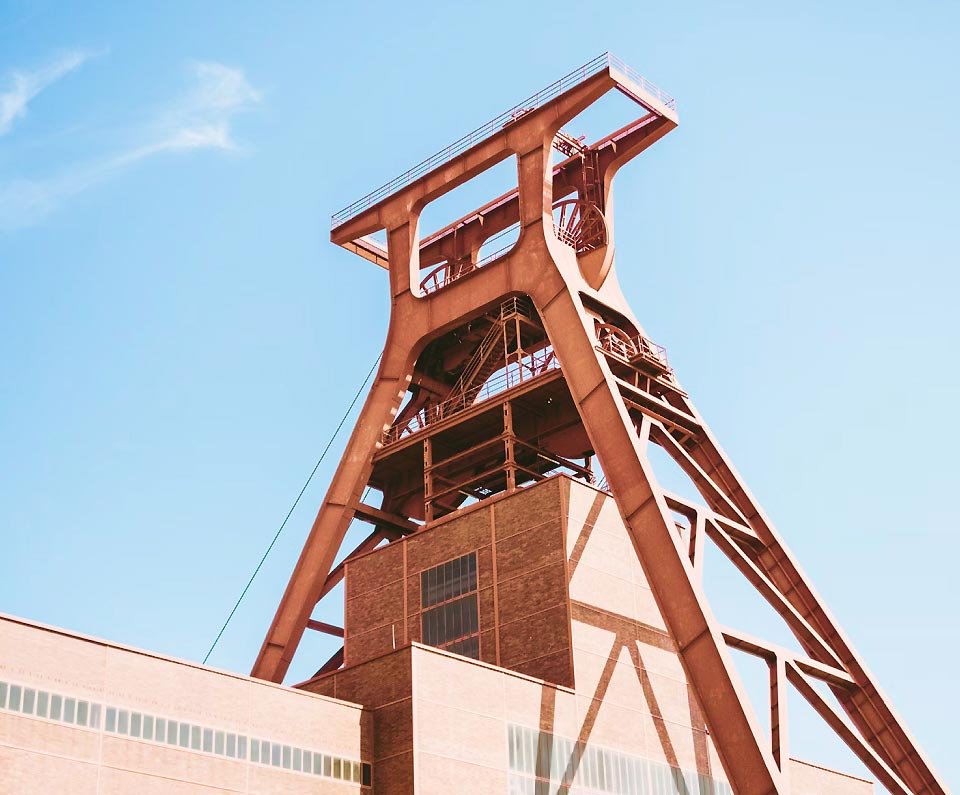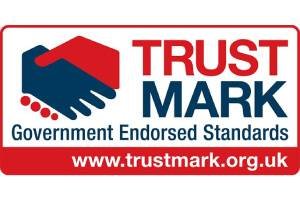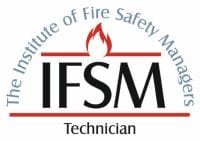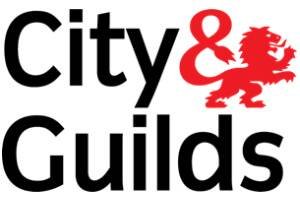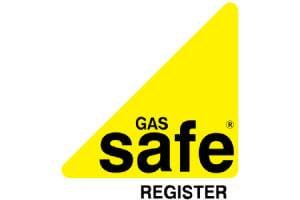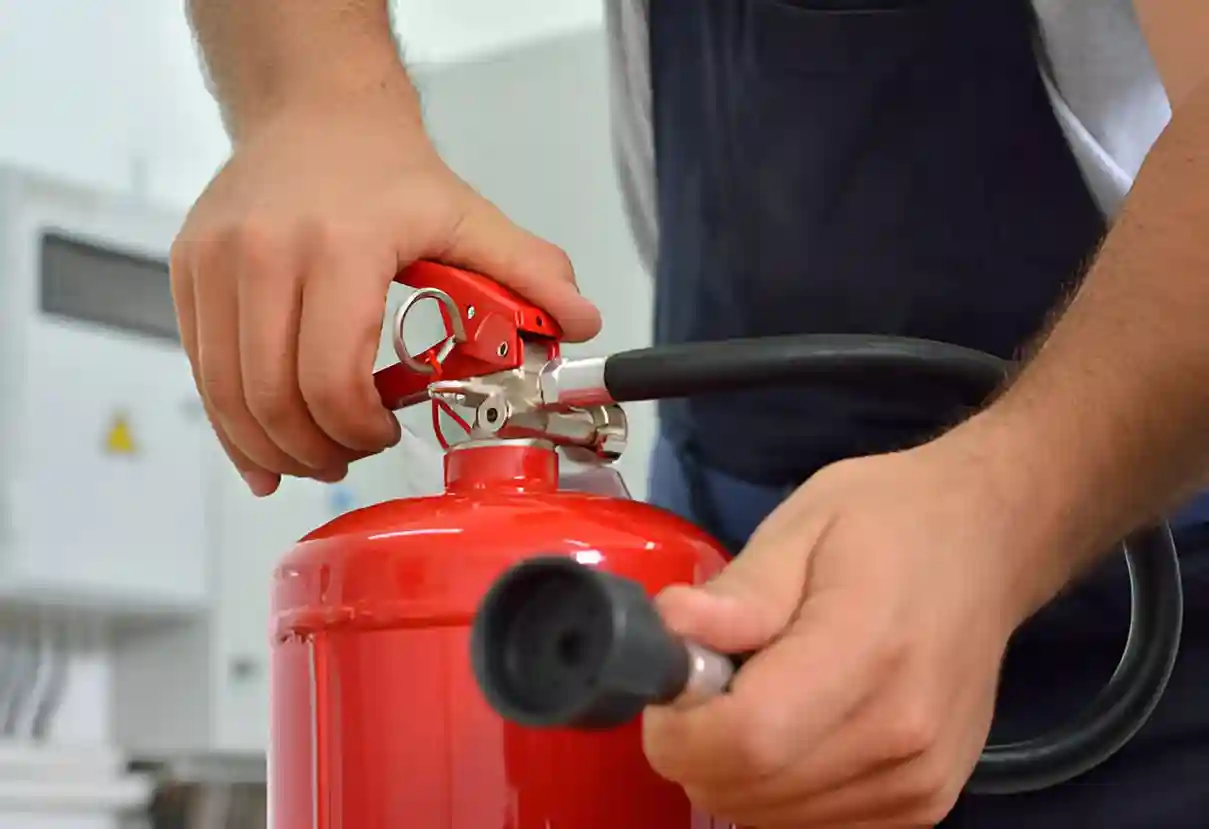
A Level 1 Fire Risk Assessment is an essential first step in protecting properties from fire threats. A non-intrusive visual inspection of the communal areas of a building. It assesses general fire safety measures, such as signage, escape routes, fire detection, and fire doors, without opening up construction. This level is suitable for low-risk or well-maintained properties, often used for compliance with the Regulatory Reform (Fire Safety) Order 2005. It is a necessary tool for spotting risks and assessing existing safety measures. This assessment is especially important for new, renovated, or converted buildings. Knowing its parts and consequences can significantly influence safety procedures and legal compliance.
Main Points
- A Level 1 Fire Risk Assessment identifies potential fire danger, aiding in the initial recognition of risks within a property.
- It is essential for compliance with the Regulatory Reform (Fire Safety) Order 2005, ensuring legal regulations are met.
- Regular assessments promote safety, enhancing overall fire safety protocols in organisations.
- The assessment assesses existing fire safety measures and occupancy patterns, providing insights for necessary improvements.
- Investing in a Level 1 assessment reduces liabilities and shows a commitment to the safety of occupants and property.
What Is a Level 1 Fire Risk Assessment?
This assessment is a preliminary evaluation aimed at identifying danger within a property. It serves as a foundational step in fire safety management, concentrating on the initial recognition of risks rather than detailed analysis.
Conducted by trained professionals, it utilises advanced methodologies to pinpoint vulnerabilities, including the examination of occupancy patterns, structural features, and existing safety measures.
The assessment highlights a proactive stance, urging stakeholders to implement preventive measures to enhance safety culture. Using advanced technologies like digital mapping and real-time data analytics, it provides a comprehensive overview of fire risks.
The insights gained from a Level 1 assessment are instrumental in guiding future safety protocols and investment decisions. Ultimately, this assessment promotes a proactive environment where fire safety is prioritised, reducing potential disasters before they happen and ensuring a safer space for occupants and assets alike.
Who Needs a Level 1 Fire Risk Assessment and When?
Organisations across various sectors, including commercial, residential, and industrial, require a Level 1 Fire Risk Evaluation to guarantee compliance with fire safety regulations and protect occupants. This assessment is especially important for new properties or those undergoing major renovations, ensuring that potential fire risks are identified and mitigated early.
Additionally, businesses that experience changes in occupancy or usage may also find it essential to conduct an assessment to adjust their fire safety measures accordingly.
Furthermore, organisations seeking to enhance their fire safety protocols or improve insurance terms should consider a Level 1 assessment as a proactive step. Conducting regular evaluations, preferably every few years or after major changes, supports safety standards and encourages advancement in fire risk management.
Ultimately, prompt assessments not only protect lives but also enhance an organisation’s resilience and sustainability in a constantly changing regulatory environment.
Key Components Included in a Level 1 Fire Risk Assessment
Performing a Level 1 Fire Risk Evaluation requires a thorough and systematic review of key elements essential to fire safety. This assessment serves as a foundational tool for identifying potential hazards and guaranteeing that optimal safety measures are in place. Key components include:
| Component | Description |
|---|---|
| Identification of Hazards | Recognising potential fire sources and risks. |
| Evaluation of Fire Safety Measures | Analysing existing safety protocols and equipment. |
| Occupancy Assessment | Analysing the number and behaviour of occupants. |
| Emergency Plan Review | Reviewing the effectiveness of evacuation strategies. |
| Documentation and Reporting | Compiling findings for accountability and future reference. |
These elements together provide a comprehensive understanding of fire risks, enabling organisations to innovate and enhance their safety strategies effectively. By addressing these components, businesses can proactively reduce fire risks and foster a culture of safety and preparedness.
Legal Requirements and Compliance in the UK
While navigating the landscape of fire safety, understanding legal requirements and compliance in the UK is crucial for all organisations. The Regulatory Reform (Fire Safety) Order 2005 requires businesses to carry out fire risk assessments, ensuring the safety of employees and the public.
This fundamental regulation calls for a systematic process to identify threats, assess risks, and apply necessary safety measures. Following it not only reduces potential liabilities but also shows a dedication to pioneering safety standards.
Organisations must remain compliant with changing regulations, as local authorities might impose extra requirements specific to certain sectors. Furthermore, ignoring these legal duties can result in heavy penalties, such as fines or legal action.
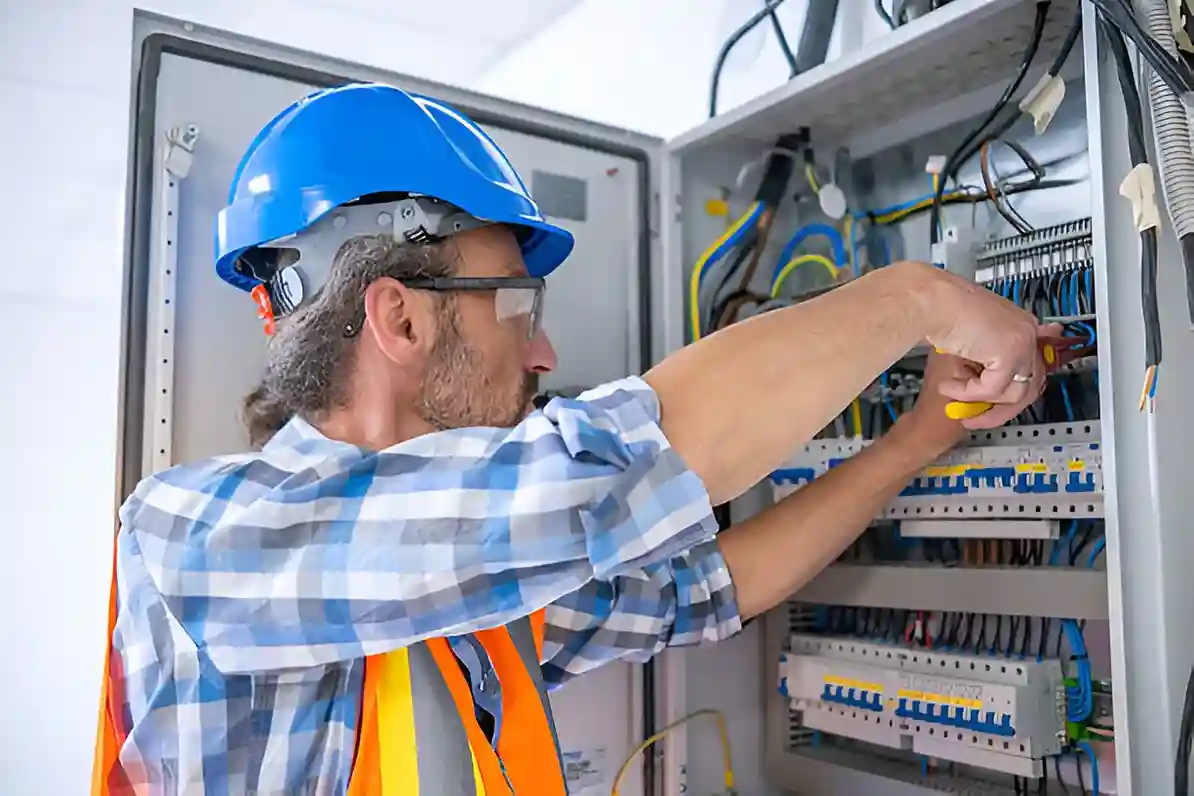
How a Level 1 Fire Risk Assessment Enhances Safety and Reduces Liability
This Assessment significantly improves safety procedures and minimises liability for businesses by systematically identifying potential fire dangers and assessing related risks. Using creative methods, this assessment not only locates vulnerabilities but also offers customised recommendations for reduction.
Furthermore, a comprehensive assessment helps organisations meet legal standards, reducing the risk of litigation related to negligence claims. By addressing fire hazards early, organisations can demonstrate due diligence, which is essential in today’s liability-driven environment.
Investing in a Level 1 Fire Risk Assessment enables businesses to adopt advanced safety solutions, ultimately strengthening operational resilience. In doing so, organisations not only protect their reputation but also build trust with stakeholders, paving the way for sustainable growth in a growing, competitive landscape.
Common Hazards Identified in a Level 1 Assessment
Identifying common risks is essential in a Level 1 Fire Risk Assessment because it enables organisations to prevent fire risk from developing into serious incidents.
One of the most common unsafe conditions involves flammable materials, such as misstored chemicals or clutter.
Electrical systems present another notable risk, particularly when circuits are outdated or overloaded.
Furthermore, insufficient escape routes, like blocked exits or unclear signs, can significantly impede evacuation during emergencies.
The presence of malfunctioning fire detection systems also increases risk, as they may fail to alert occupants promptly.
Moreover, human factors, including inadequate training in fire safety procedures, can worsen these hazards.
The Cost of a Level 1 Fire Risk Evaluation: What to Expect
Understanding the cost of a Level 1 Fire Risk Assessment is essential for organisations aiming to enhance their fire safety measures.
Generally, costs can fluctuate depending on factors like the size and complexity of the premises, as well as the assessor’s expertise. Organisations can expect to spend between £500 and £2,500 for a comprehensive assessment, subject to these variables.
This investment not only guarantees adherence to legal standards but also encourages safety within the organisation. Advanced assessment providers may also offer additional services, such as digital reporting tools and interactive training sessions, thereby further increasing the value of the assessment.
How Often Should a Level 1 Fire Risk Assessment Be Carried Out?
Various factors, including changes in occupancy, modifications to the premises, and updates to laws, influence the frequency of Level 1 Fire Risk Evaluation. Regular assessments are essential for ensuring ongoing compliance and safety.
| Factors Influencing Frequency | Recommended Frequency | Justification |
|---|---|---|
| Changes in occupancy | Annually | New occupants may introduce different risks. |
| Modifications to premises | After modifications | Structural changes can alter fire dynamics. |
| Legislative updates | As needed | Compliance with new laws is vital. |
| High-risk activities | Quarterly | Increased activities warrant more frequent checks. |
Organisations must stay alert and proactive in planning assessments to protect their assets and staff. By understanding these influencing factors, businesses can effectively reduce fire risks and improve their overall fire safety strategy.
How do different levels compare?
How do the different levels of fire risk assessments differ in their approach and scope? Fire risk assessments can be categorised into various levels, each serving a specific purpose and using different methodologies.
Level 1 assessments generally concentrate on simple risk identification, whereas higher levels involve more comprehensive evaluations.
- Level 1: Simplistic review of premises and immediate hazards.
- Level 2: Detailed analysis of fire safety measures and compliance.
- Level 3: In-depth investigation, including simulations and modelling.
Understanding these differences is essential for organisations aiming to enhance their fire safety protocols. Each level builds on the previous one, offering a layered approach to risk management that aligns with evolving safety standards and technological advancements.
Why is Level 1 the most common?
Level 1 assessments are the most popular choice among organisations because of their straightforward approach and low resource requirements. This level effectively covers the essential aspects of fire risk, making it suitable for a broad range of facilities. Organisations often prioritise efficiency and cost-effectiveness, and Level 1 assessments deliver both without compromising essential safety measures.
Furthermore, the simplicity of Level 1 assessments enables organisations to quickly identify and address potential fire hazards, helping them maintain a proactive safety culture.
In an era of modernisation, where rapid adaptability is vital, the flexibility of Level 1 assessments aligns with the evolving needs of modern businesses. By focusing on fundamental yet important fire safety elements, organisations can ensure compliance with regulations while fostering an environment that values safety and efficiency.
This combination of practicality and effectiveness makes Level 1 the most widely adopted option in fire risk management.
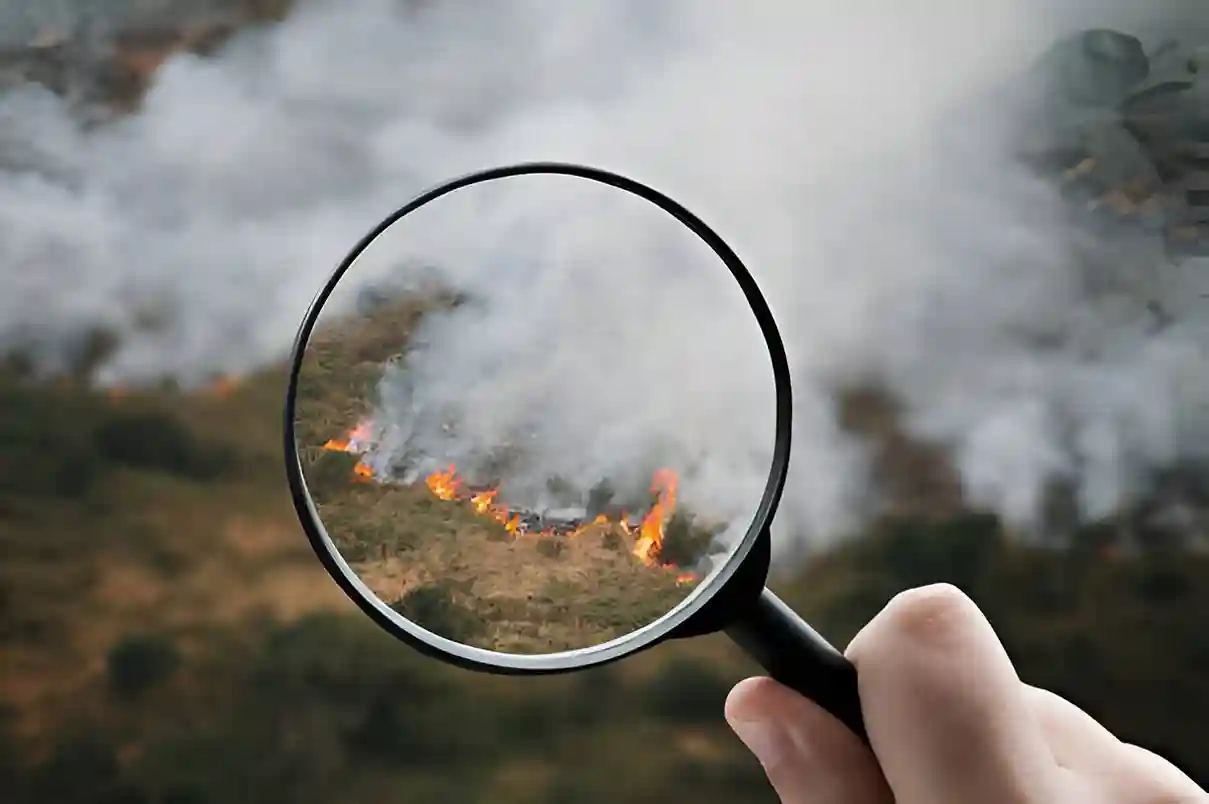
What Is Included in a Level 1 Fire Risk Assessment?
A Level 1 Assessment identifies key fire hazards by thoroughly inspecting essential areas within a property. It outlines the steps required for effective risk management and distinguishes between high-risk and low-risk properties to ensure appropriate safety measures are taken.
Key areas inspected
Fire safety is essential in any building, and a Level 1 Fire Risk Assessment concentrates on key areas to ensure compliance and safety. This assessment acts as a fundamental step to spot potential hazards and ensure that proactive measures are in place.
Key areas inspected include:
- Fire Alarm Systems: Evaluating functionality and coverage.
- Escape Routes: Analysing clarity, accessibility, and signage.
- Firefighting Equipment: Checking availability and maintenance of extinguishers and hoses.
- Electrical Systems: Inspecting for overloads and potential fire sources.
- Storage Practices: Reviewing the safe storage of flammable materials.
Level 1: All steps explained.
When conducting this assessment, several essential steps are undertaken to ensure a thorough evaluation and compliance with safety regulations. Initially, an assessor inspects the property to identify unsafe conditions, such as flammable materials and electrical risks. Next, they evaluate the adequacy of existing fire safety measures, including alarms, extinguishers, and escape routes. Following this, a detailed review of the property’s occupancy and activities is carried out to understand fire load and risk exposure. The assessor then compiles findings into a comprehensive report, outlining identified risks and suggesting measures to alleviate them. This systematic approach ensures that all aspects of fire safety are considered, conveying solutions to enhance safety standards and effectively protect lives and property.
high risk vs low risk properties
Understanding the difference between high-risk and low-risk properties is fundamental in a Level 1 Assessment. High-risk properties often have unique features that increase their fire hazards, while low-risk properties usually have safer conditions. Recognising these differences helps property managers put suitable safety measures in place.
- High-risk properties may include industrial facilities or warehouses.
- Low-risk properties often encompass residential homes or well-maintained offices.
- Factors influencing risk levels include occupancy type and materials used in construction.
- Proximity to fire services greatly impacts risk assessment outcomes.
- Regular assessments help adapt to evolving safety standards.
This understanding fosters a proactive approach to fire safety, enhancing the overall well-being of occupants and the integrity of the property.
Why a Level 1 Fire Risk Assessment Is the First Step Toward Compliance
How can organisations ensure they meet fire safety regulations effectively? A Level 1 Assessment acts as the essential foundation for compliance. This initial assessment identifies fire danger, assesses existing safety measures, and establishes a baseline for necessary improvements.
By conducting a thorough assessment, organisations can identify vulnerabilities and develop customised strategies to lessen risks.
It enables organisations to proactively manage fire risks, thereby strengthening overall operational resilience. Additionally, this initial assessment supports informed decision-making, allowing organisations to allocate resources efficiently for fire prevention.
Ultimately, initiating this Assessment demonstrates a commitment to safety and regulatory compliance, guiding organisations towards a safe and compliant future.
Frequently asked questions.
Conclusion
In summary, a Level 1 Fire Risk Assessment is integral for identifying potential fire hazards and ensuring compliance with legal standards. Assessing existing safety measures creates a strong foundation for a solid fire safety culture. This assessment is especially important for new, renovated, or repurposed properties, helping to reduce risks and safeguard lives. Ultimately, prioritising a Level 1 assessment not only improves safety but also decreases liability, making it a key step for any organisation.

